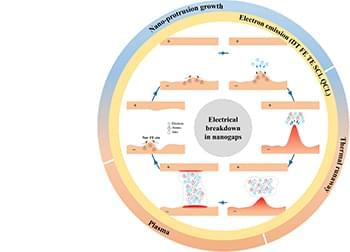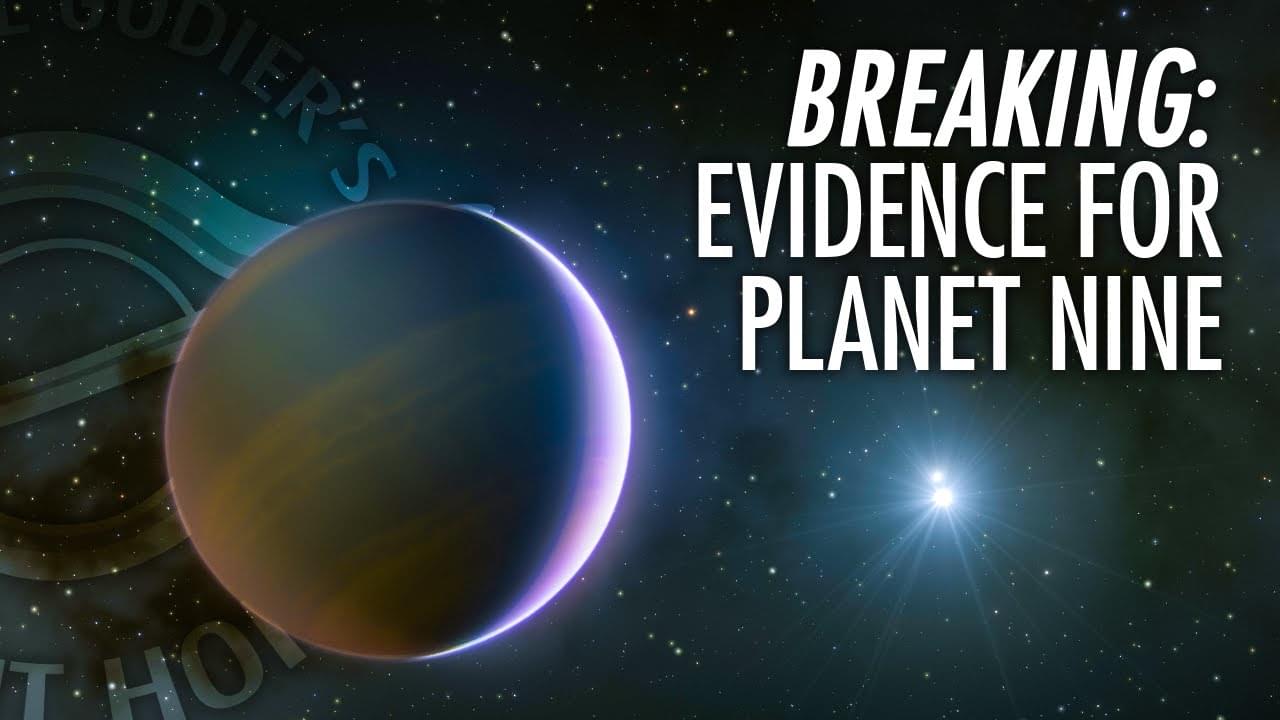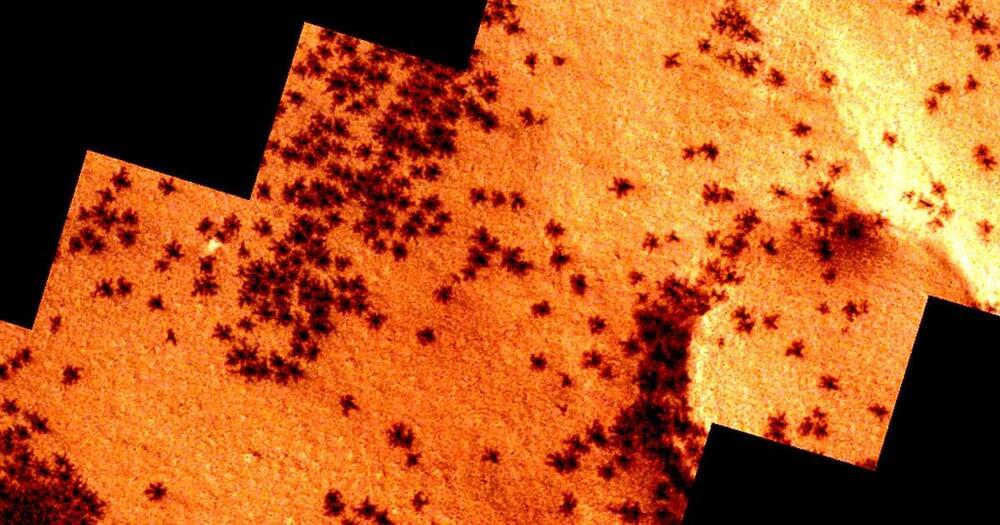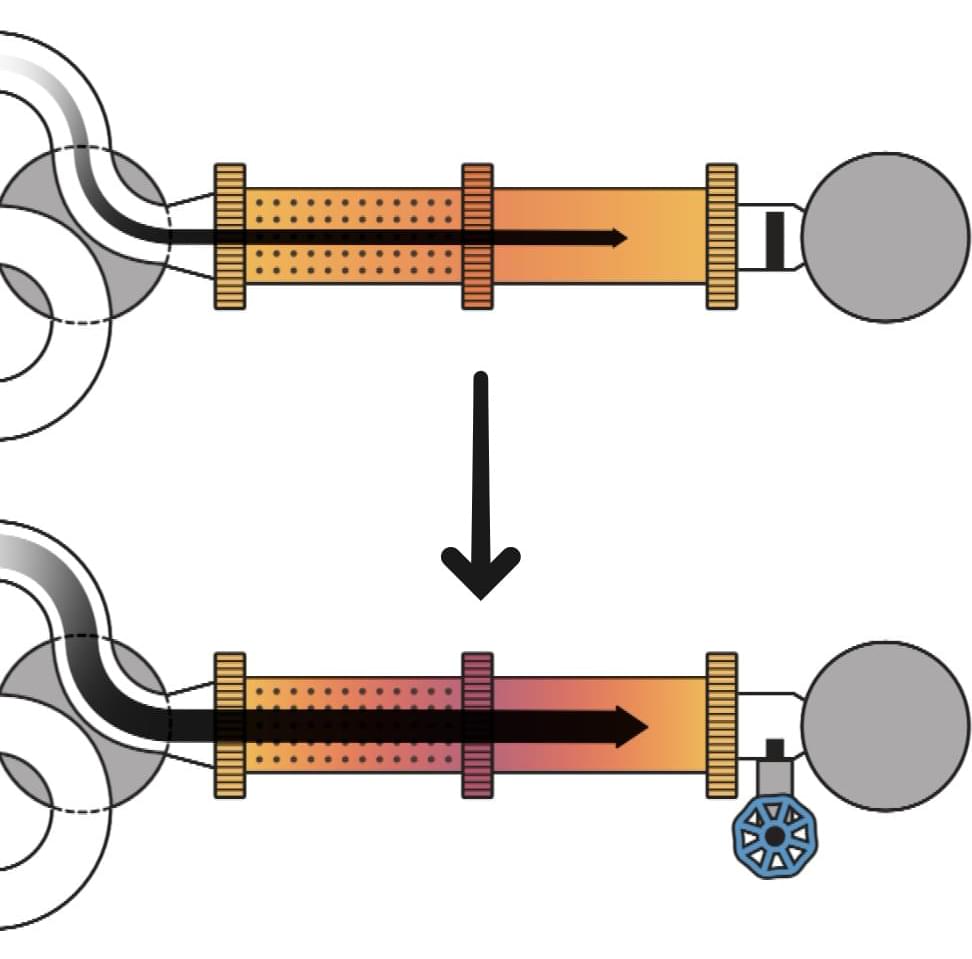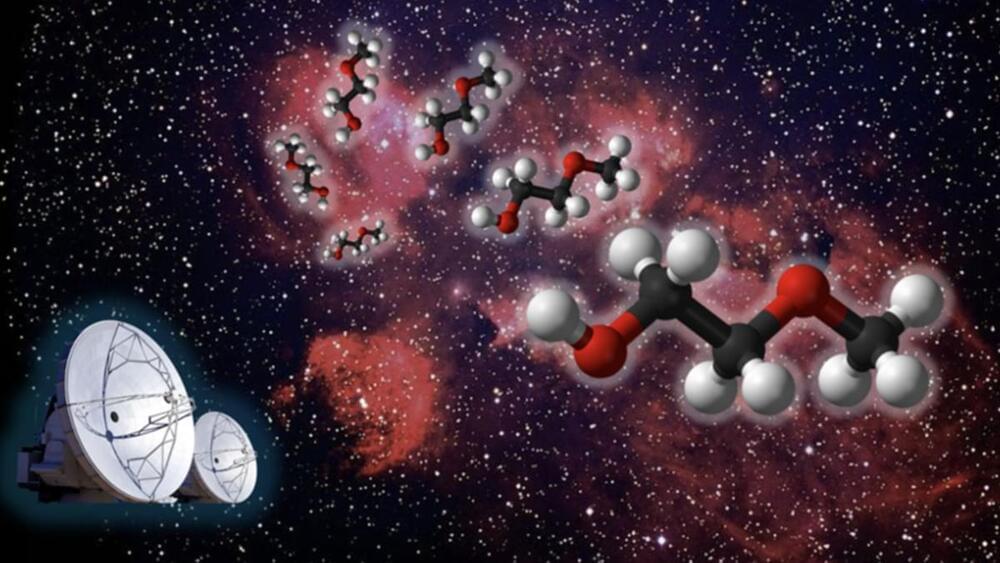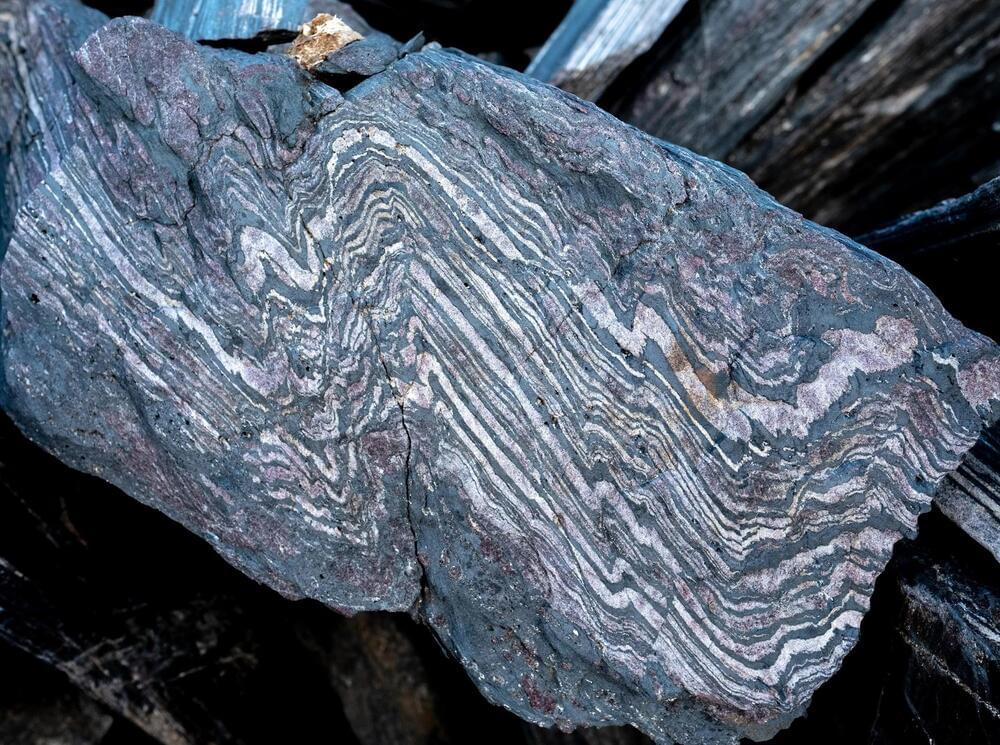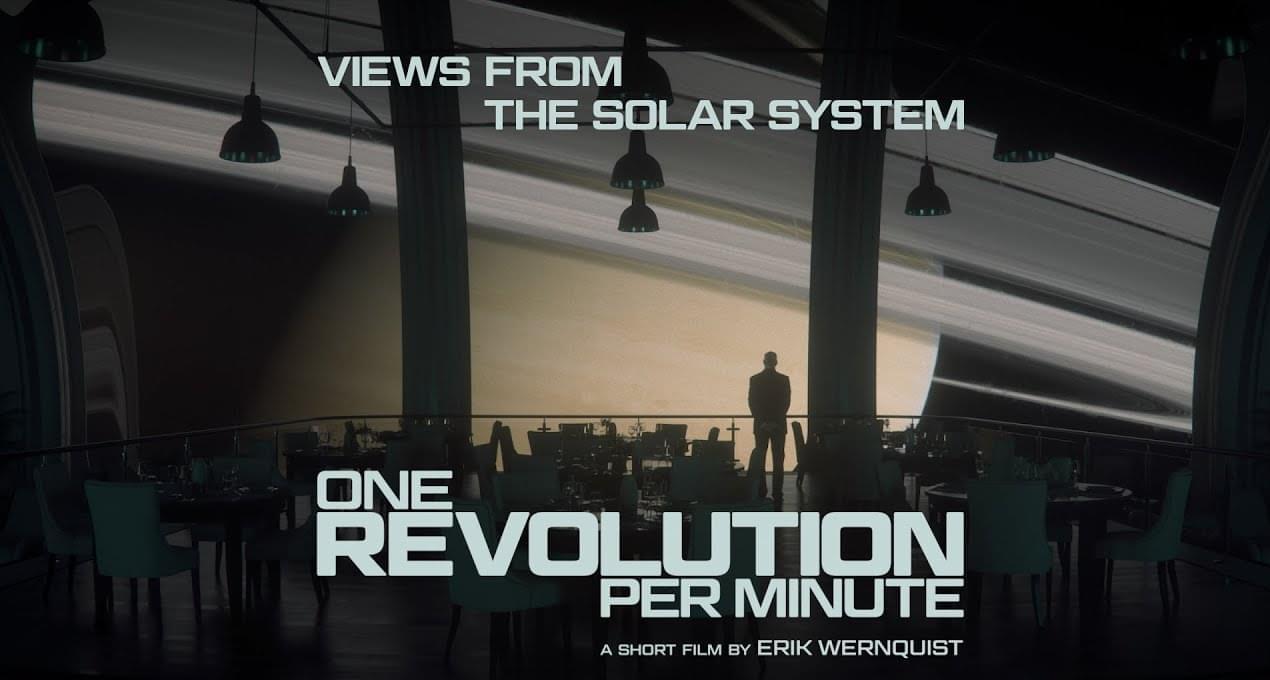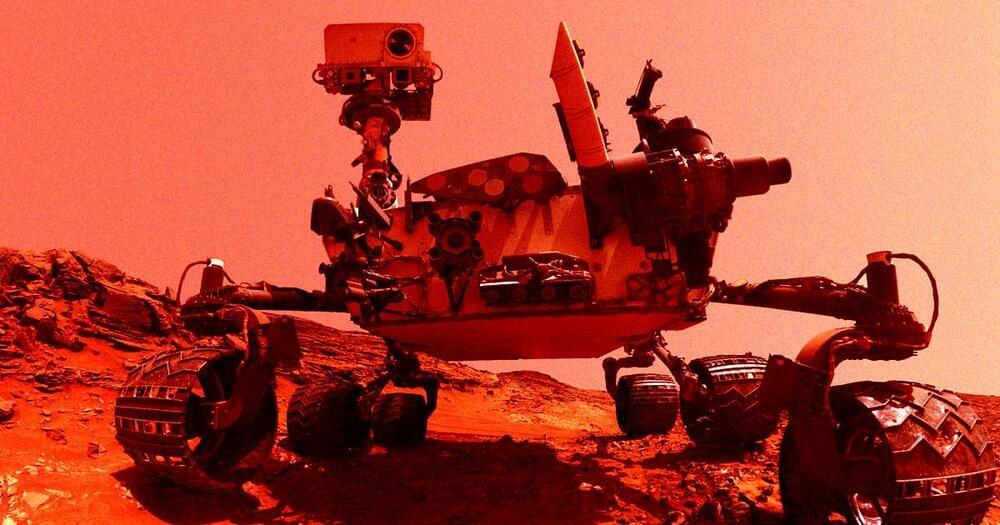Apr 27, 2024
Russia vetoes U.N. resolution on nuclear weapons in space
Posted by Saúl Morales Rodriguéz in categories: geopolitics, military, space, treaties
WASHINGTON — Russia, as expected, vetoed April 24 a United Nations Security Council resolution crafted in response to reports that the country was developing a nuclear anti-satellite weapon.
Russia cast the only vote against the draft resolution that reaffirmed provisions in the Outer Space Treaty prohibiting the placement of nuclear weapons or other weapons of mass destruction in space. Thirteen other members of the Security Council voted in favor of the resolution while China abstained. As a permanent member of the Security Council, though, Russia’s vote acted as a veto preventing adoption of the resolution.
Japan and the United States drafted the Security Council resolution, which they billed as the first devoted to outer space issues. The resolution directed members to uphold Article 4 of the Outer Space Treaty, which forbids countries from placing nuclear weapons in orbit or on celestial bodies. It also called on countries not to develop nuclear weapons or other weapons of mass destruction specifically designed to be placed in orbit.

